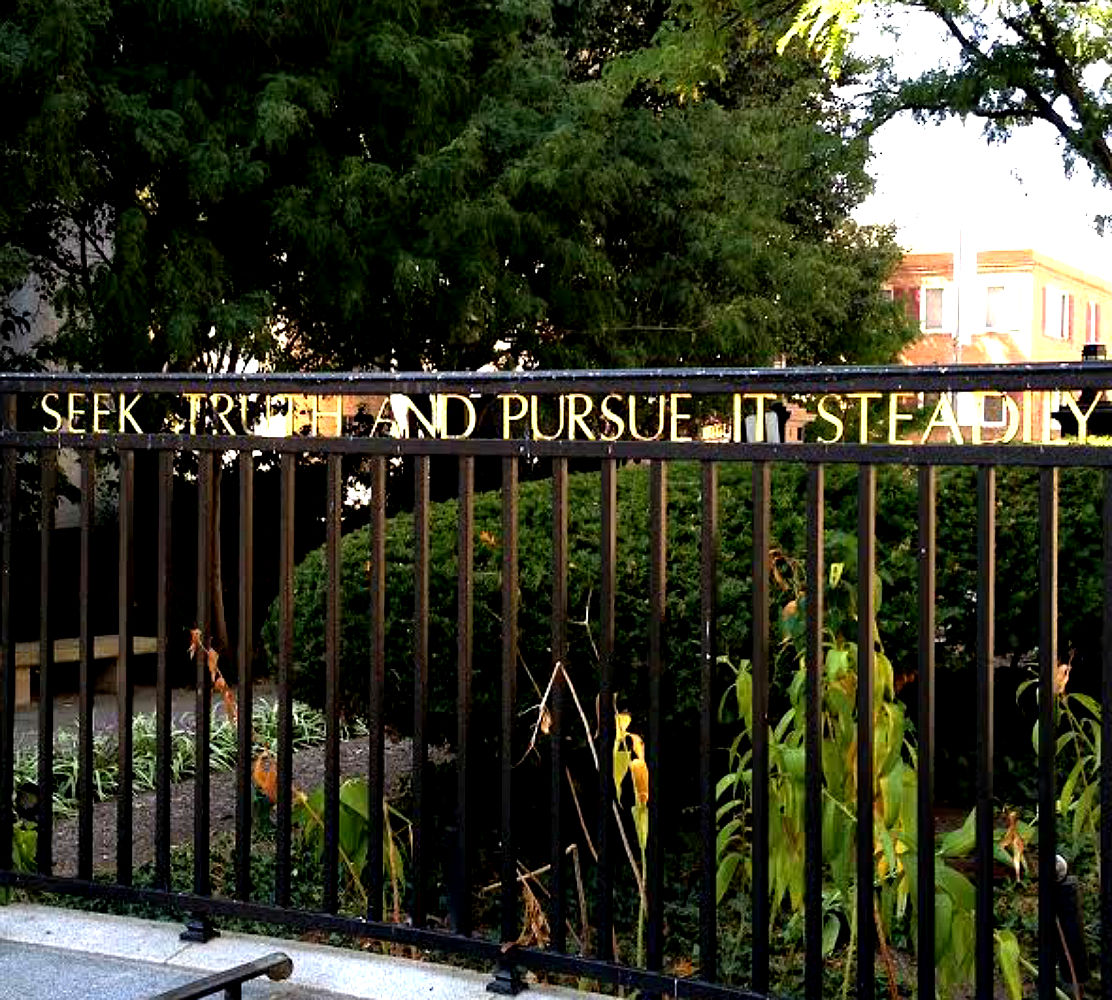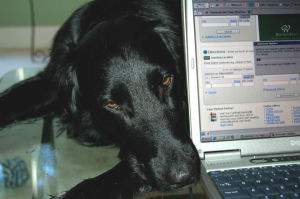“Life changes in the instant. The ordinary instant.” -Joan Didion
“Maybe that’s what life is…a wink of the eye and winking stars.” -Jack Kerouac
Life changes in a blink. A misstep, an accident, being in the wrong place at the wrong time. The seconds and even microseconds seem an eternity. Nothing will ever be the same from that moment. Everything that happens in that instant, flash, blink, changes the whole world, your whole world, and you can never go back.
A few weeks ago I was in an automobile accident, my friend was driving. It was on a highway, at speed, involving two other cars besides ours. Amazingly, no one was hurt (I assume this, since the culprit who caused the wreck kept right on going and never stopped). The cars were damaged, my friend’s car took the worst of it. It is in the shop so that it can be fixed up, as good as new. All of this happened in a blink, an instant. Too fast to even register what was happening. Our plans for the day were shattered. My friend will be dealing with this for months, by the time all the repairs are done, bills paid, insurance adjusted. But cars can be fixed, as good as new. This is what got me thinking.
Injury, accidents and trauma, illness represent a nearly universal experience. No one is spared, Continue reading






